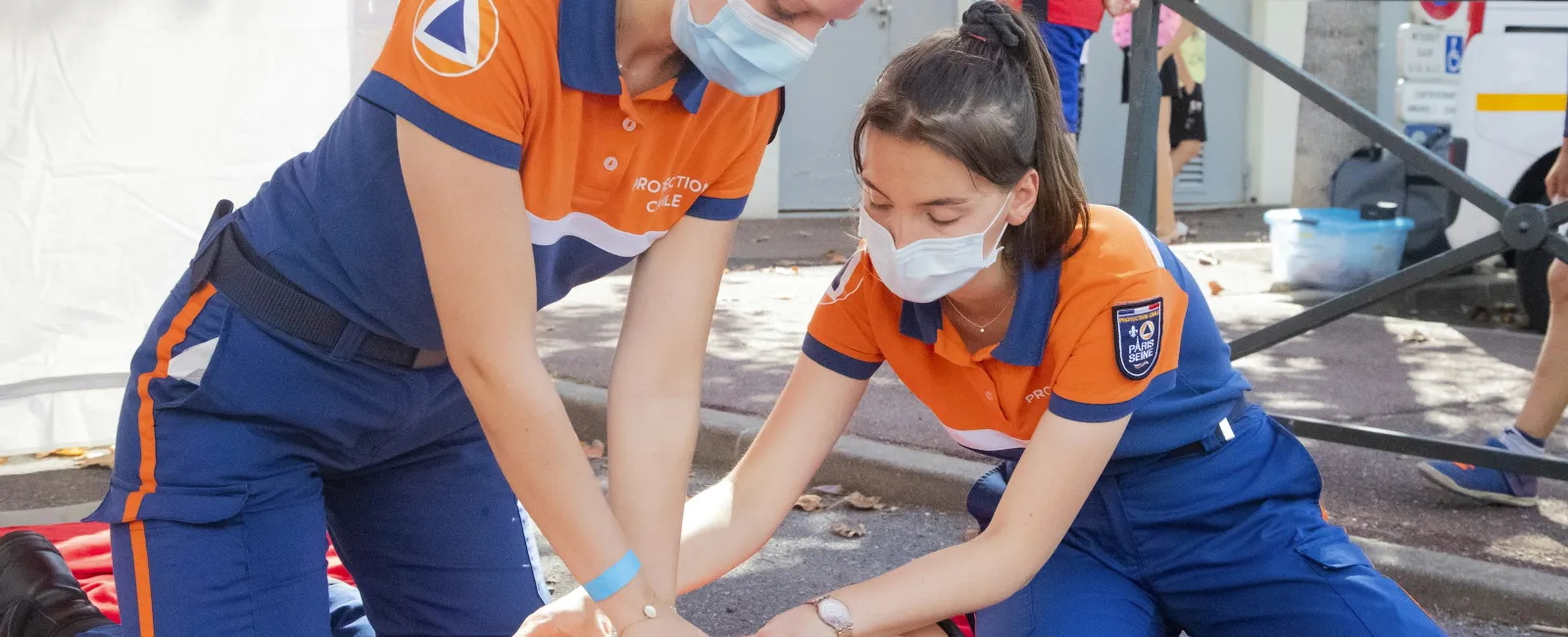Automated External Defibrillators (AEDs) are lifesaving devices designed to analyze a victim's heart rhythm in real-time. If they detect ventricular fibrillation (VF) or ventricular tachycardia (VT), they either automatically deliver a shock or prompt the rescuer to do so. This shock is intended to reset or restore a normal heart rhythm.
However, there are instances when an AED may indicate that "No Shock is Advised." This message can be confusing, but it is crucial to understand what it means.
Why Would an AED Say "No Shock Advised"?
While VF is the most common rhythm in cardiac arrest, it is not the only one. AEDs are programmed to deliver shocks only for VF and VT rhythms. Other heart rhythms, such as asystole or pulseless electrical activity (PEA), are not treatable with a shock from an AED.
Therefore, a "No Shock Advised" message doesn't necessarily mean that the heart rhythm is back to normal; it simply indicates that the detected rhythm is not shockable.
It's important to note that an AED will not shock a person unless they require defibrillation, ensuring that the device is used only when absolutely necessary.
Understanding Ventricular Fibrillation (VF)
Ventricular fibrillation is when the heart receives chaotic nerve impulses, causing it to twitch or flutter instead of beating normally. This disorganized activity prevents the heart from pumping blood effectively, leading to a circulatory collapse. An AED can stop the heart's spasm with a shock, giving it a chance to resume its normal rhythm.
Causes of Ventricular Fibrillation and Ventricular Tachycardia
Several factors can lead to VF and VT, including:
- Insufficient Blood Flow to the Heart Muscle: Often due to blocked arteries.
- Damage to the Heart Muscle: Such as from a heart attack.
- Cardiomyopathy: A disease of the heart muscle.
- Aorta Problems: Including aneurysms or dissections.
- Drug Toxicity: Overdose or adverse reactions.
- Electrolyte Imbalance: Particularly potassium and magnesium levels.
- Sepsis: A severe infection affecting the whole body.
Sources: American Heart Association and Mayo Clinic.
Should I Leave the Pads On If No Shock is Advised?
Absolutely. Regardless of whether a shock has been delivered or the AED indicates "No Shock Advised," you should always leave the electrode pads on the victim. The situation can change rapidly, and the victim may require a shock later. Keep the AED attached and operational until emergency medical personnel arrive and take over.
Conclusion
Understanding the functions and messages of an AED can help you stay calm and effective in an emergency. A "No Shock Advised" message is not a sign of malfunction but a safeguard, ensuring that shocks are delivered only when necessary. Always trust the AED's prompts and maintain its use until professional help arrives.
For more information on AEDs and their usage, visit AED Safety.

